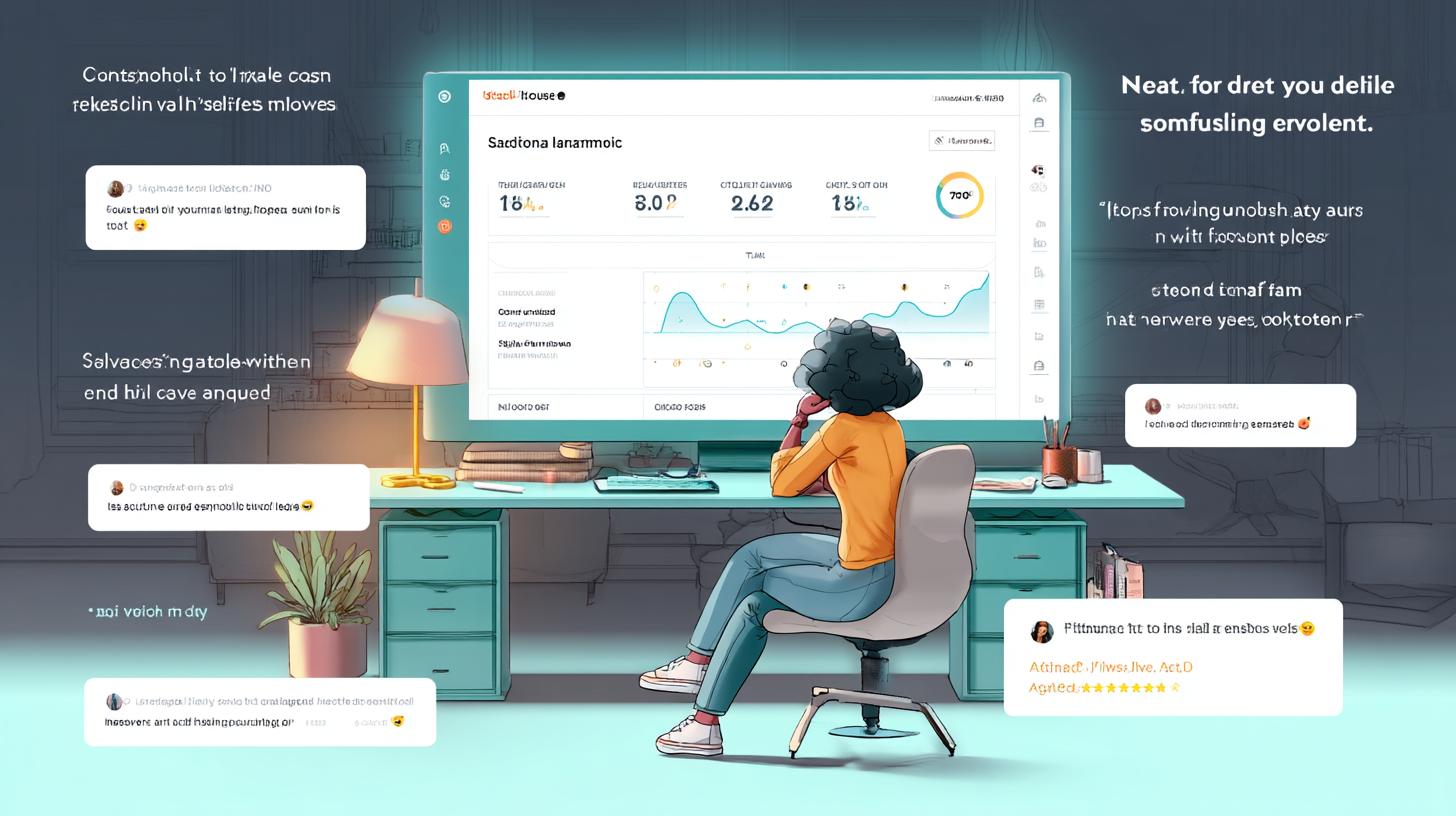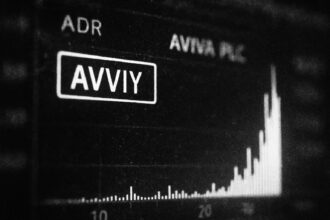What If SaaS Doesn’t Die, But Learns to Let Go! While SaaS has revolutionised business technology, its future will not be dominated by fully automated AI replacing human control. Instead, a hybrid model where AI agents assist and humans maintain oversight will define the next era.
For more than a decade, Software as a Service (SaaS) has shaped how businesses interact with technology. The cloud offered scalability, accessibility, and flexibility that traditional systems couldn’t match. Companies raced to migrate, fuelling a market set to exceed $1.2 trillion by 2034. By 2025, an estimated 85% of all business applications will be SaaS-based.
Yet beneath this success, signs of strain are emerging. Organisations are spending vast sums on unused licences. Managing hundreds of disconnected applications has become a source of friction rather than freedom. And now, a deeper shift is unfolding — one that challenges not just the structure of SaaS, but its entire role in the future of work.
The lazy thinker imagines that AI agents will simply sweep this all away: that SaaS dashboards and traditional interfaces will be replaced wholesale by intelligent, conversational systems. That, soon enough, the human need for screens, for navigation, for control, will disappear into a cloud of automation.
But history suggests otherwise. Walk into a solicitor’s office today and you may still find a fax machine humming quietly in the corner. People cling to familiar tools for reasons that have little to do with efficiency: trust, habit, security, the comfort of visible, manual control. Interfaces are part of knowledge silos; they are part of how people organise and express authority. Many will be reluctant — or unable — to surrender that so easily.
The dashboard, once seen as the crowning achievement of user experience, now increasingly feels like a burden. Enterprises typically manage hundreds of SaaS apps, each wrapped in its own rigid navigation, its own idiosyncratic data models. Users are left picking through menus and tables, forced to conform to the logic of each tool rather than the logic of their own intent.
Meanwhile, AI offers a glimpse of another way: a world where you can simply ask for what you need, and the system finds it. A world where the complexity of workflows is hidden, where outcomes, not process, become the centre of the experience.
Yet even here, the temptation to imagine a complete handover is misplaced. AI agents still hallucinate. They misinterpret. They are probabilistic when people demand certainty. Few businesses will entrust critical operations to black-box decision-making without a human in the loop.
The future will not be one of neat replacement, but messy co-existence. Some tasks will flow effortlessly through agent-driven automation. Others will remain anchored in old systems, familiar UIs, human intervention. Control will not disappear; it will be exercised differently, often at a remove, often with a choice about when to trust and when to intervene.
Agent-in-the-Loop models — where AI proposes but humans refine and authorise — offer a bridge. Not a compromise, but a recognition that collaboration, not abdication, will define the next chapter. AI agents will work alongside people, not instead of them. They will orchestrate, integrate, and extend — but they will not replace the messy, human realities of trust, knowledge, and control overnight.
In fact, it may be the case that agents allow businesses to continue getting value from older systems long past their original design lives. An agent can bridge a creaking database, a neglected CRM, a half-forgotten SaaS app — turning yesterday’s infrastructure into part of tomorrow’s workflow. Intelligent orchestration, rather than wholesale replacement, could become the dominant mode of innovation.
For those building today, the message is subtle but profound: the goal is not to eliminate the interface, but to rethink its role. To create systems that collaborate with users, reduce friction, and offer control when it is needed — not to erase the very structures people use to understand and manage their work.
SaaS is not dying. But the shape of interaction is shifting.
Not towards an invisible agentocracy.
Not towards the erasure of human agency.
But towards a future where software adapts to the user — not the other way around.
And in that future, the best tools will not be the ones that automate everything.
They will be the ones that understand when to step forward — and when to step back.
- https://www.globenewswire.com/news-release/2025/04/08/3057829/0/en/Software-As-a-Service-SaaS-Market-Size-to-Reach-USD-1-251-35-Bn-by-2034.html – Supports the claim that the SaaS market is projected to surpass $1.2 trillion by 2034, with specific growth rate details and regional insights.
- https://threadgoldconsulting.com/research/how-much-will-the-saas-industry-be-worth-by-the-end-of-2025 – Corroborates the growth trajectory of the SaaS market, including 2025 revenue projections and drivers like AI and digital transformation.
- https://zylo.com/blog/saas-statistics/ – Provides broader SaaS adoption trends and statistics, including market growth rates and enterprise SaaS management challenges.
- https://sapphireventures.com/blog/the-state-of-the-saas-capital-markets-2024-in-review-2025-in-focus/ – Discusses evolving SaaS market dynamics and the shift toward AI integration, aligning with the article’s analysis of SaaS-adjacent innovations.
- https://www.statista.com/statistics/505243/worldwide-software-as-a-service-revenue/ – Offers historical and projected SaaS market size data, supporting claims about industry growth and financial forecasts.
- https://threadgoldconsulting.com/research/how-much-will-the-saas-industry-be-worth-by-the-end-of-2025 – Reiterates 2025 SaaS revenue projections ($390.46B globally) and regional growth patterns, reinforcing the article’s timeline-specific claims.













